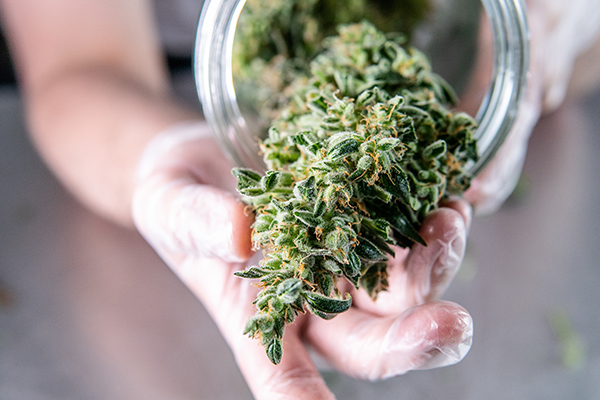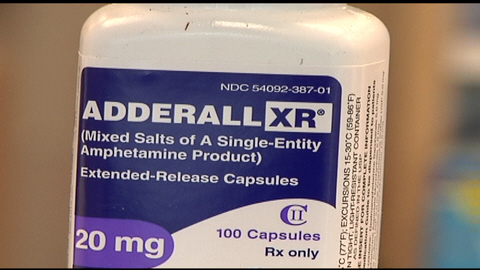Mexican drug cartels fighting over control of Montana, “the last best place” to sell illicit substances in America
02/19/2024 / By Laura Harris

Mexican drug cartels are fighting over who gets to control the state of Montana, “the last best place” in the U.S. to sell illicit substances – including fentanyl.
In the mid-2000s, there were fewer illegal methamphetamine labs in the northwestern U.S. because of new rules restricting access to the ingredients needed to make the drug. Mexican cartels saw this as a chance to take over and started selling a stronger type of meth across the U.S., flooding the country with a new, super-potent form of meth.
The price of illicit drugs in Montana, especially fentanyl pills, can be up to 20 times higher than in less remote areas. Thus, the Treasure State has become a battleground for drug enforcement. Mexican cartels have been infiltrating the state and targeting indigenous communities since the mid-2000s.
Fentanyl, which originally cost less than 25 cents to make, is sold for $3 to $5 in cities, but in certain areas of Montana, it could be sold for up to $100. The lure of immense profits prompted Mexican cartels, including the notorious Sinaloa and Jalisco New Generation cartels, to extend their operations over 1,300 miles from the southern border. This, in turn, has trapped vulnerable Montanans in a vicious cycle of addiction and indebtedness to cartel-linked dealers.
According to several reports, Montana is now the second most “addicted” state, with 18.2 percent of the population using illegal drugs in 2021. The reports reveal that the statistics show a disturbing upward trend. The opioid overdose death rates in Montana also nearly tripled between 2017 and 2020, disproportionately affecting Native Americans, with twice the number of overdose deaths compared to white residents.
The rise of fentanyl in the U.S. has hit Montana hard, with the state seizing 350,000 dosage units. This data doubles the amount seized in 2022.
Montana’s Native Americans hit doubly hard by drug epidemic
Montana’s Native American population, especially those who live in Indian reservations where rates of addiction are high and resources of tribal law enforcement are limited, are the optimal targets for drug cartels.
The Blackfeet Nation, a federally recognized tribe of Siksikaitsitapi people in northwestern Montana, witnessed 17 fentanyl overdoses in a single week.
“Right now, it’s as if fentanyl is raining on our reservation,” stated Marvin Weatherwax Jr., an enrolled member of the Blackfeet Nation, a member of the Blackfeet Tribal Business Council and a Democrat who represents the 15th district of the Montana House of Representatives.
Tribal leaders report a surge in crimes and overdoses, with cartels forming relationships with indigenous women to gain access to communities and ensnare locals in drug dependency.
Women, in particular, became prime targets, and their homes were used as bases of operations.
Stephanie Iron Shooter, the American Indian health director for the Montana Department of Health and Human Services, claims that the Mexican drug cartels know their potential targets.
“They know who to choose. Just like any other prey-predator situation, that’s how it is,” she said.
For instance, Ranita R. Redfield and Zachary D. Bacon, members of the Crow Indian Reservation in southern Montana, are only a few of the many unwitting participants who have found themselves entangled in the operations of a notorious drug cartel.
Redfield, who has gone through family turmoil and heartbreak, found herself staying with the cartel. Eventually, she became a pawn in the operation and a victim trapped in a cycle of addiction and control. Redfield was arrested and has been sentenced to five years in prison after she pleaded guilty to charges related to dealing methamphetamine.
Meanwhile, for Bacon, it was quite different. He became linked to the cartels through a romantic relationship with the daughter of one of the Native American drug dealers.
Matthew Claus, the lawyer for Bacon, shed light on the extent of the operation.
“The cartel extracted tens of thousands of dollars in cash, guns and vehicles from the Crow Reservation. Money and guns flowed out of [the] state and out of the country, and then the cartel left. In their wake, they left addicted, strung-out, impoverished tribal members facing prosecutions and lengthy prison sentences, like Zach Bacon,” Claus said.
Learn more about Mexican organized crime at DrugCartels.news.
Watch the video below to learn how fentanyl is being disguised as candy for distribution.
This video is from The Big Mig channel on Brighteon.com.
More related stories:
EXCLUSIVE: Mexican drug cartels to launch terror attacks inside U.S., warns federal intel.
Sources include:
Submit a correction >>
Tagged Under:
big government, black market, border security, drug cartels, drugs, Fentanyl, illegal drugs, invasion usa, meth, methamphetamine, Mexico, Montana, national security, Native Americans, Open Borders
This article may contain statements that reflect the opinion of the author
RECENT NEWS & ARTICLES
COPYRIGHT © 2017 ADDICTION NEWS



















